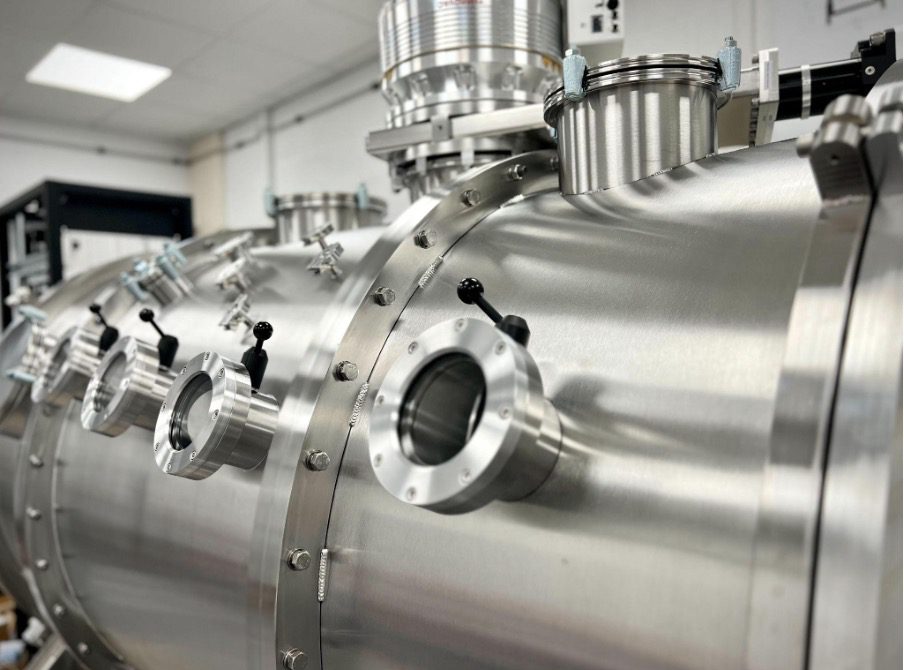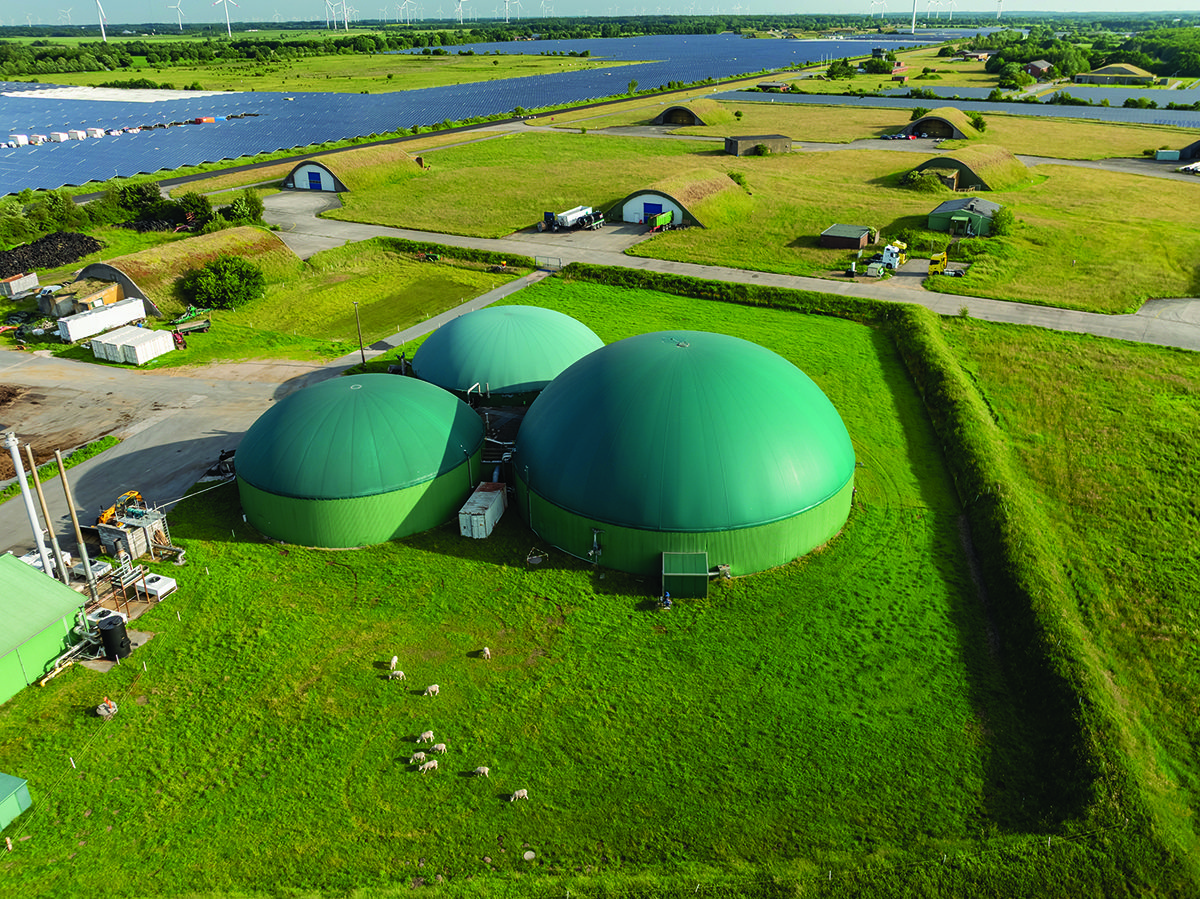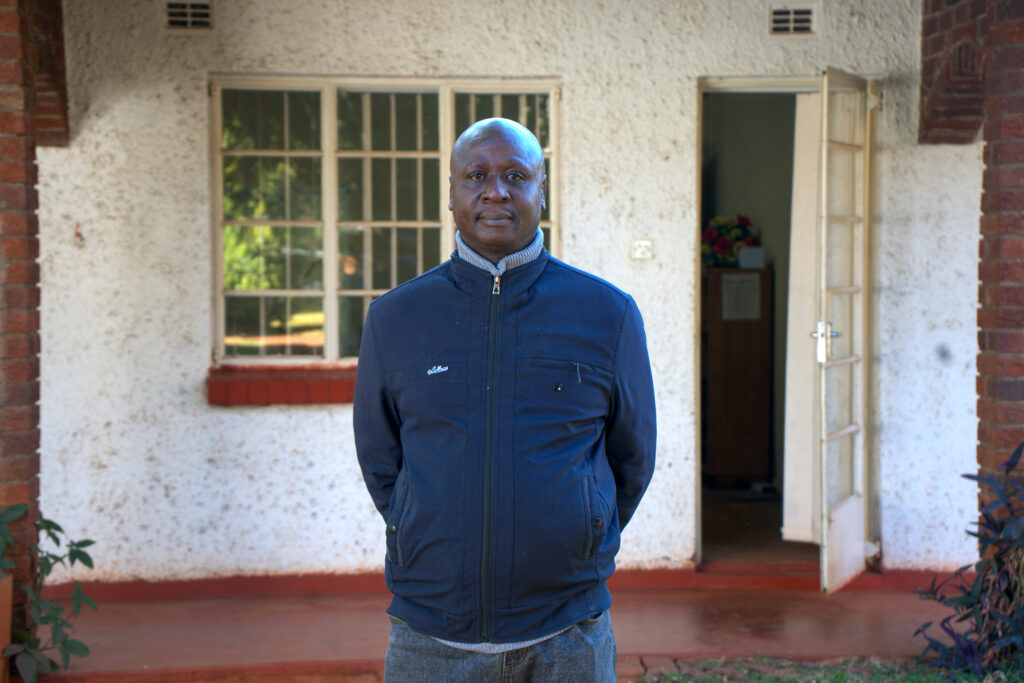Seemingly significant strides with the miniaturisation and performance of olfactory sensors have been reported by researchers at the Hong Kong University of Science and Technology (HKUST), with an approach said to mimic human olfaction. Commentary from the group places such developments at the outset of a prospective revolution enabled by the digitization of odour.
The digitization of visual information has been a transformative technology, an omnipresent feature of everyday life, and central to consumer products such as phones. A similar revolution might be starting to take place in the realm of odour, driven by the availability of miniature sensors.
HKUST’s latest publication demonstrates the use of innovative chip technology to address the long-standing challenge of creating artificial olfactory sensors with arrays of diverse high-performance gas sensors. Their newly developed biomimetic olfactory chips (BOC) are able to integrate nanotube sensor arrays on nanoporous substrates with up to 10,000 individually addressable gas sensors per chip, a configuration that is similar to how olfaction works for humans and other animals.
For decades, researchers worldwide have been developing artificial olfaction and electronic noses (e-noses) with the aim of emulating the intricate mechanism of the biological olfactory system to effectively discern complex odourant mixtures. Yet, major challenges with their development reside with the difficulty of miniaturizing the system and increasing its recognition capabilities in determining the exact gas species and their concentrations within complex odorant mixtures.
To tackle these issues, the research team used an engineered material composition that allows for wide arrays of diverse sensors on one small nanostructured chip. Leveraging the power of AI, their biomimetic olfactory chips are reported to exhibit exceptional sensitivity to various gases with excellent distinguishability for mixed gases and 24 distinct odours. With a vision to expand their olfactory chip’s applications, the team also integrated the chips with vision sensors on a robot dog, creating a combined olfactory and visual system that can accurately identify objects in blind boxes.
The group says the work will both improve the existing applications of e-noses in food, environmental, medical and industrial process control, while also opening up new possibilities with intelligent systems such as advanced robots and portable smart devices, for applications in security patrols and rescue operations.
For example, in real-time monitoring and quality control, the chips might be used to detect and analyze specific odours or volatile compounds associated with different stages of industrial processes to ensure safety. Or they might be used to detect abnormal or hazardous gases in environmental monitoring, or to identify leakage in pipes to facilitate timely repair.
The technology is claim as a pivotal breakthrough in the realm of odour digitization. As the scientific community witnesses the emerging preeminence of visual information digitization, facilitated by modern imaging sensing technologies, the realm of scent-based information has remained untapped due to the absence of advanced odour sensors.
The work conducted by the team led by Prof. FAN Zhiyong of HKUST has – says the group – helped pave the way for developing biomimetic odour sensors.
With further advancements, these sensors could find widespread utilization, akin to the ubiquitous presence of miniaturized cameras in cell phones and portable electronics.
A researcher in interdisciplinary materials science and engineering, Prof. Fan has worked on biomimetic sensory systems for more than two decades, including developing the world’s first spherical artificial eye with 3D retina in 2020.
“In the future, with the development of suitable bio-compatible materials, we hope that the biomimetic olfactory chip can also be placed on [the] human body to allow us to smell odour that normally cannot be smelled. It can also monitor the abnormalities in volatile organic molecules in our breath and emitted by our skin, to warn us [of] potential diseases,” he said.
The research work, carried out in collaboration with Tsinghua University, Jilin University and Prof. Fan’s start-up company Ai-Sensing Co. Ltd., was recently published in Nature Electronics.


















